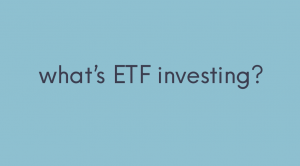In finance alpha and beta are the two most commonly used measurements to gauge how successfully a portfolio manager performs in comparison to their peers. Put simply Alpha is the excess return also known as the active return on investment or a portfolio investment brings in above and beyond an index or a benchmark.
And Beta is the measurement of the volatility or risk of a security or portfolio compared to the market as a whole. Alpha and Beta are standard technical risk calculations that investment managers use to calculate and compare an investment’s returns.
Although the Alpha figure is often represented as a single number like three or minus five it actually describes a percentage that measures how it performed compared to a benchmark index. So in our example the numbers would mean that the investment fared 3 percent better or 5 percent worse than the broader market.
Beta fundamentally analyzes the volatility of an asset or portfolio in relation to the overall market to help investors determine how much risk they’re willing to take to achieve a given return. The baseline number for beta is 1 which indicates that the fund or trust price moves exactly as the market moves.
A Beta of less than 1 means the security will be less volatile than the market while a Beta greater than 1 indicates that the securities price will be more volatile than the market. So for example if a stock’s Beta is one and a half it’s considered to be 50 percent more volatile than the overall market.
Both Alpha and Beta look into the history of an investment to calculate risk ratios and it’s important to remember that past performance is no guarantee of future results. Investors use Alpha to measure a portfolio managers performance against a benchmark whilst also monitoring the risk or Beta associated with the investments that comprise a portfolio.
Some investors might look for either a high Beta or low Beta depending on their risk tolerance and expected rate of return.
If you want to learn more about investing sign up to our newsletter or subscribe to our YouTube channel.




